TIDT195 September 2020 – MONTH
3.2 Switch Node
The following image shows the FET switch node voltage (RED) at TP3 and the input voltage (BLUE). The input voltage is 50 V and the 12-V output is loaded to 400 mA.
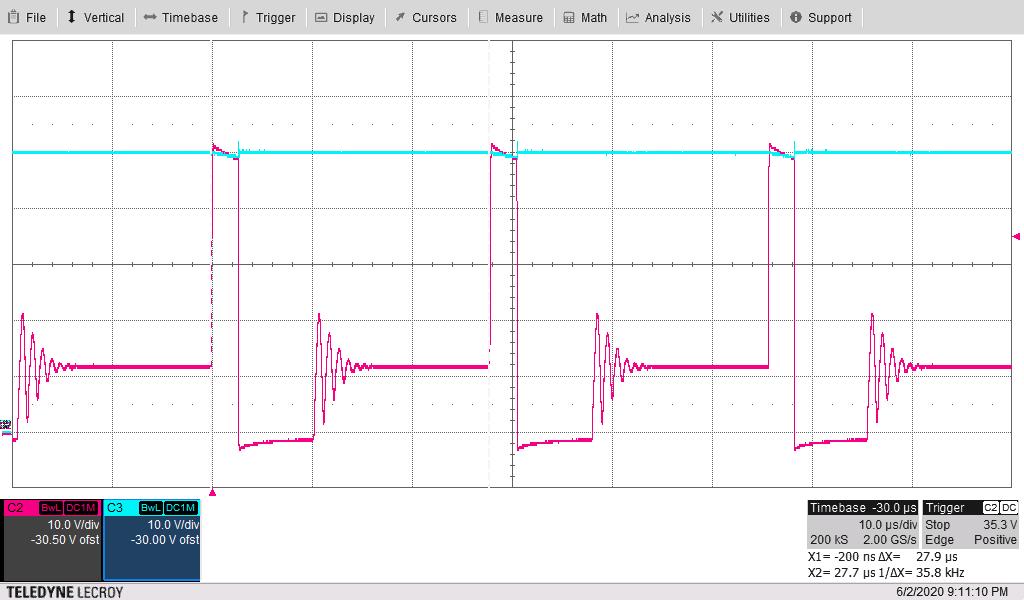 Figure 3-5 FET Switch Node Voltage (Vsnode: 10 V/div, VIN: 10 V/div, 10 μs/div)
Figure 3-5 FET Switch Node Voltage (Vsnode: 10 V/div, VIN: 10 V/div, 10 μs/div)The following image (scope persistence on) shows the FET switch node voltage (RED) at TP3 and the input voltage (BLUE). The input voltage is 50 V and the 12-V output is loaded to 400 mA. This shows the effects of frequency dithering and valley switching on the switch node waveform.
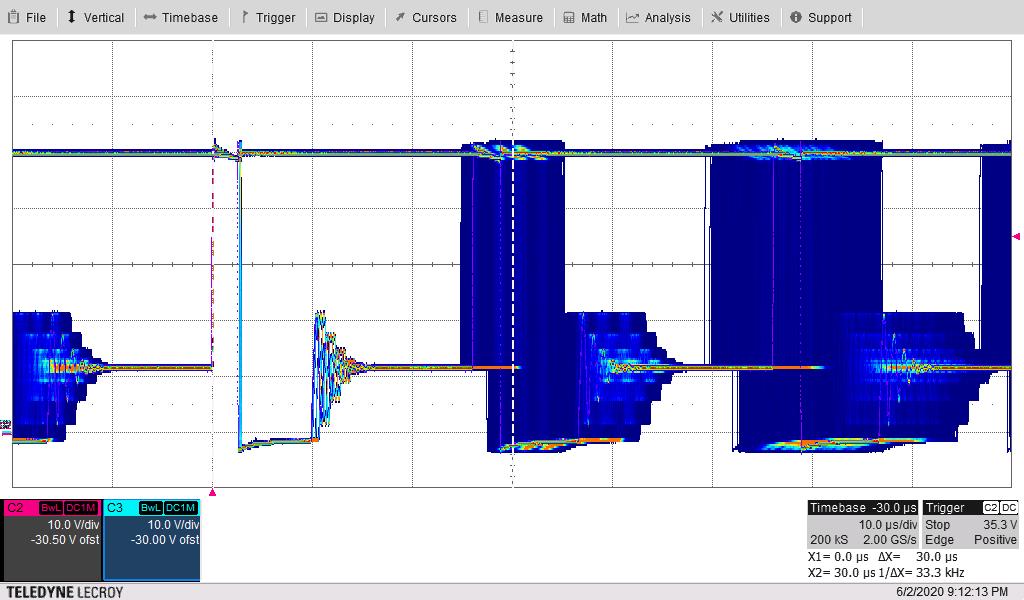 Figure 3-6 FET Switch Node Voltage (Vsnode: 10 V/div, VIN: 10 V/div, 10 μs/div)
Figure 3-6 FET Switch Node Voltage (Vsnode: 10 V/div, VIN: 10 V/div, 10 μs/div) The following image shows the FET switch node voltage (RED) at TP3 and the input voltage (BLUE). The input voltage is 50 V and the 12-V output is loaded to 10 mA.
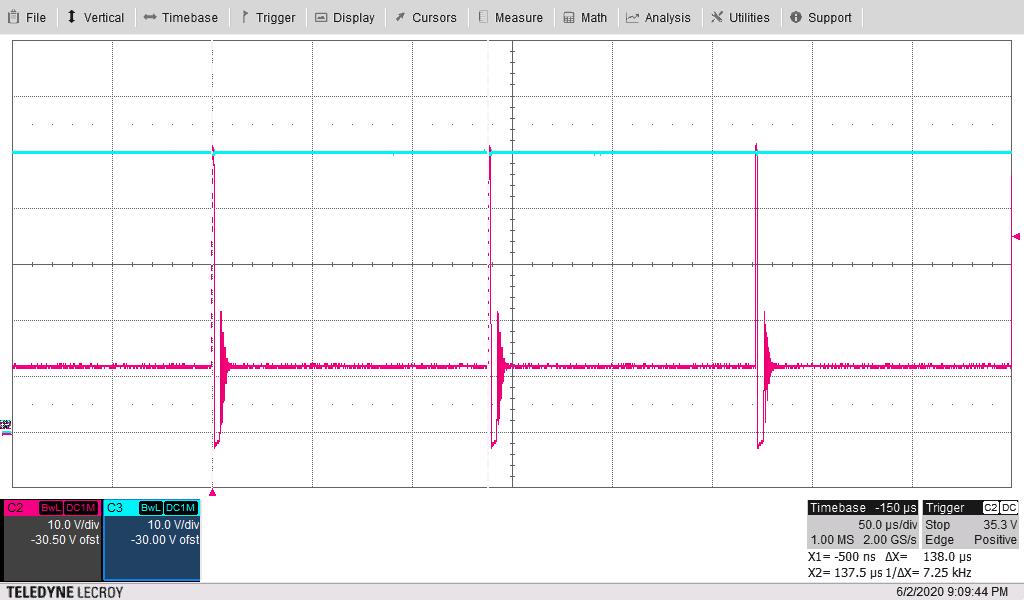 Figure 3-7 FET Switch Node Voltage (Vsnode: 10 V/div, VIN: 10 V/div, 50 μs/div) .
Figure 3-7 FET Switch Node Voltage (Vsnode: 10 V/div, VIN: 10 V/div, 50 μs/div) . 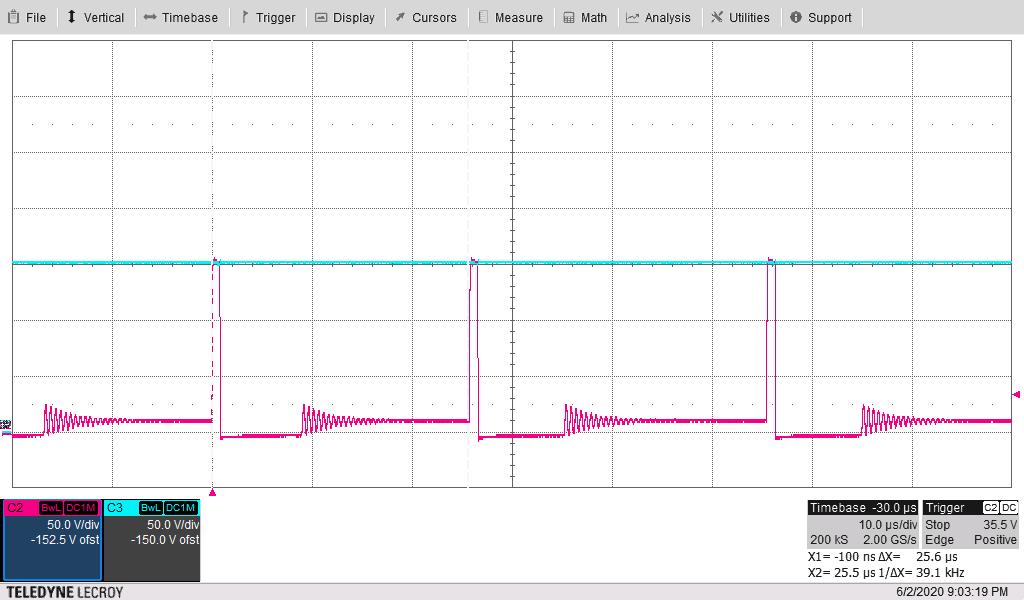 Figure 3-8 FET Switch Node Voltage (Vsnode: 50 V/div, VIN: 50 V/div, 10 μs/div) .
Figure 3-8 FET Switch Node Voltage (Vsnode: 50 V/div, VIN: 50 V/div, 10 μs/div) . 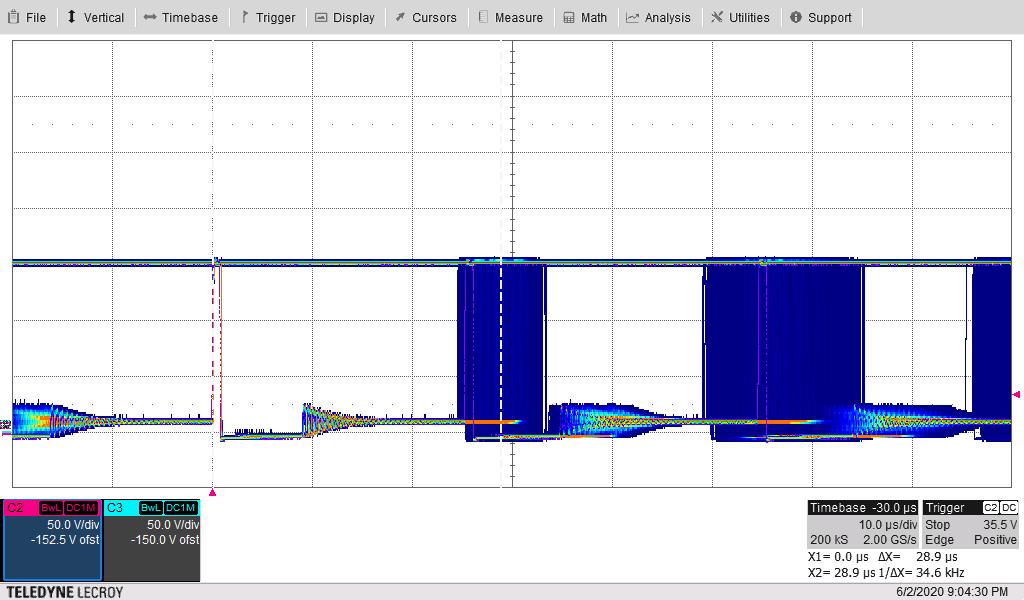 Figure 3-9 FET Switch Node Voltage (Vsnode: 50 V/div, VIN: 50 V/div, 10 μs/div) .
Figure 3-9 FET Switch Node Voltage (Vsnode: 50 V/div, VIN: 50 V/div, 10 μs/div) . 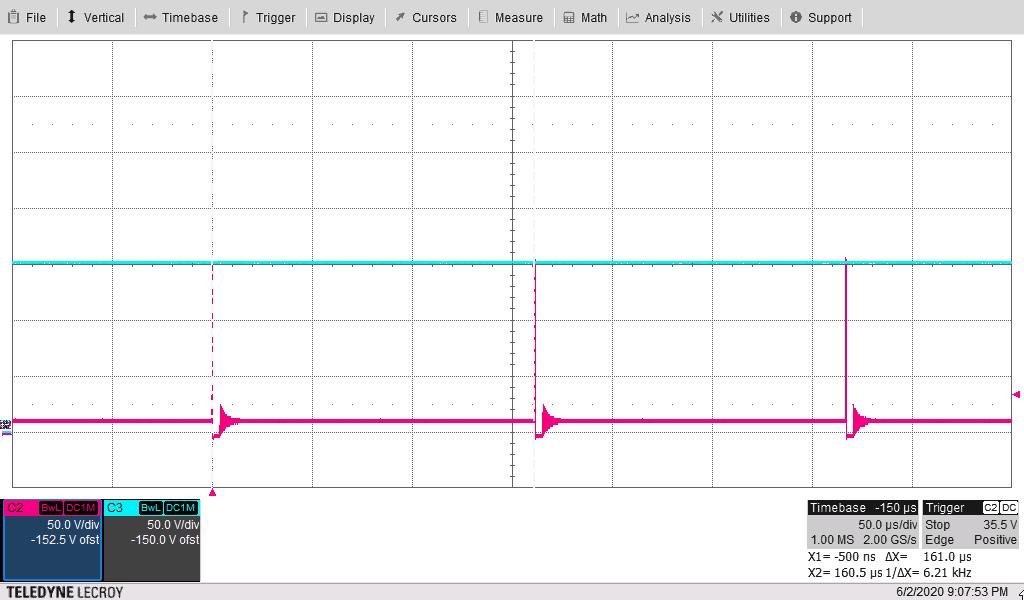 Figure 3-10 FET Switch Node Voltage (Vsnode: 50 V/div, VIN: 50 V/div, 50 μs/div) .
Figure 3-10 FET Switch Node Voltage (Vsnode: 50 V/div, VIN: 50 V/div, 50 μs/div) . 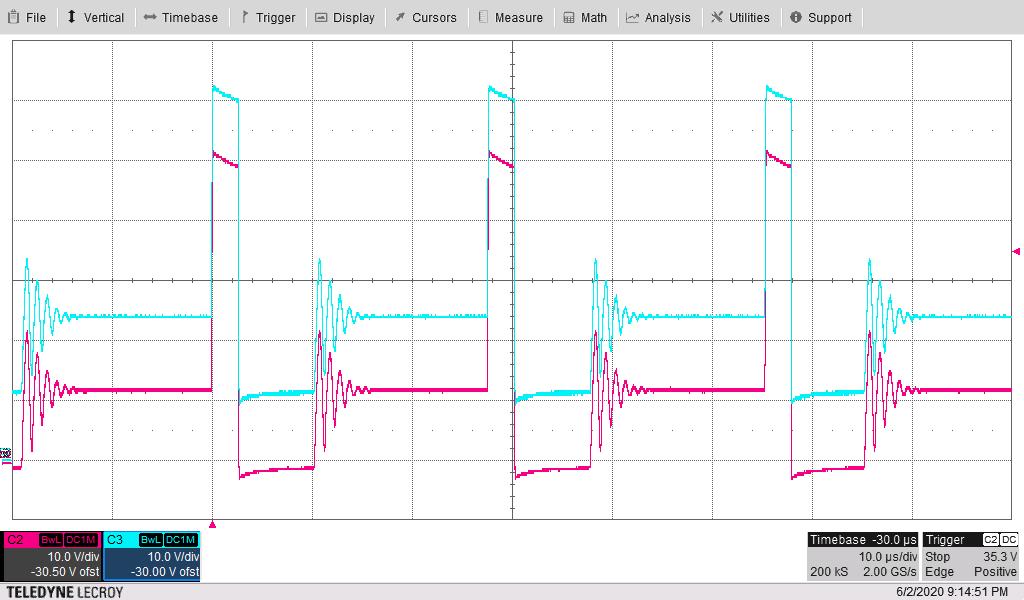 Figure 3-11 FET Switch Node Voltage (Vsnode: 10 V/div, D1-Cathode: 10 V/div, 10 μs/div) .
Figure 3-11 FET Switch Node Voltage (Vsnode: 10 V/div, D1-Cathode: 10 V/div, 10 μs/div) . 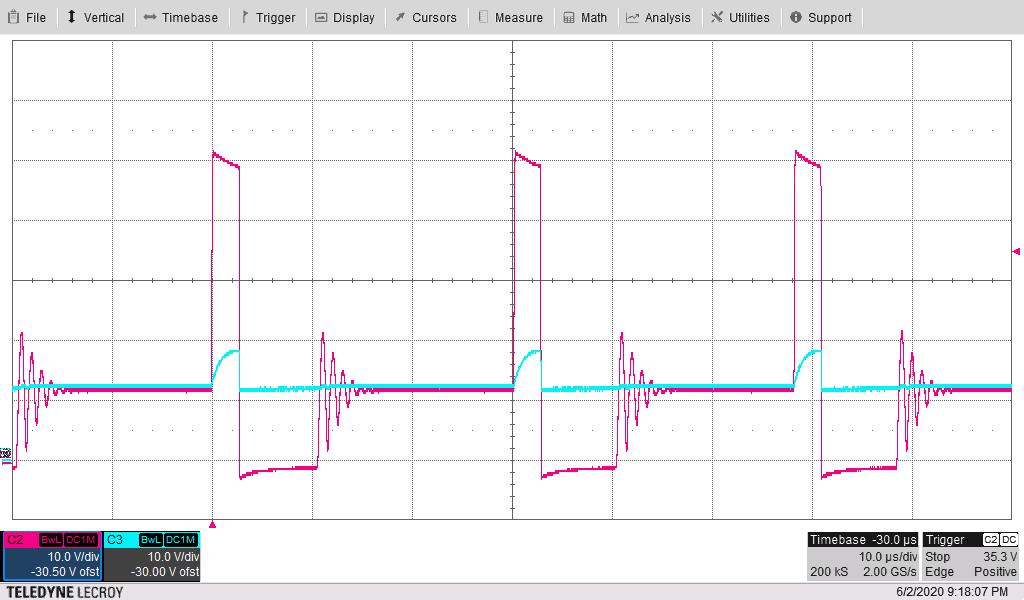 Figure 3-12 Switching Voltages (Vsnode: 10 V/div, D2-Cathode: 10 V/div, 10 μs/div) .
Figure 3-12 Switching Voltages (Vsnode: 10 V/div, D2-Cathode: 10 V/div, 10 μs/div) . The following image shows the switching voltages on each side of resistor divider R1/R2. The waveforms show the switch node voltage at TP3 (RED) and the voltage at R1 (side connected to D2) (BLUE). The input voltage is 150 V and the 12-V output is loaded to 400 mA.
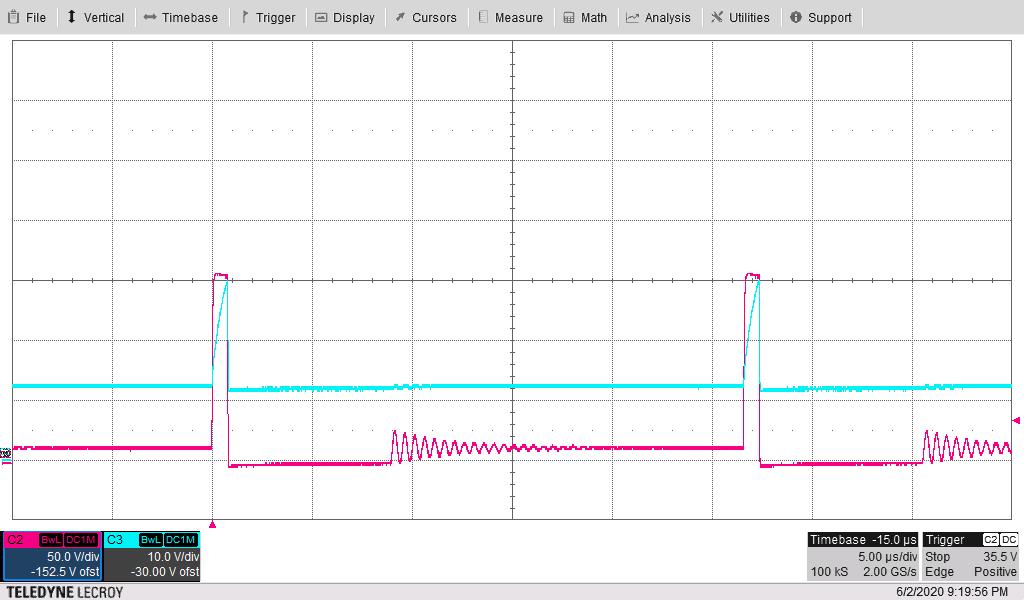 Figure 3-13 Switching Voltages (Vsnode: 50 V/div, D2-Cathode: 10 V/div, 5 μs/div) .
Figure 3-13 Switching Voltages (Vsnode: 50 V/div, D2-Cathode: 10 V/div, 5 μs/div) .